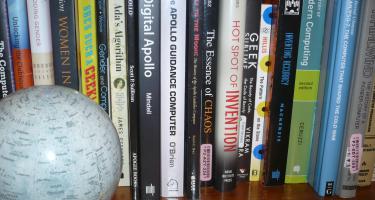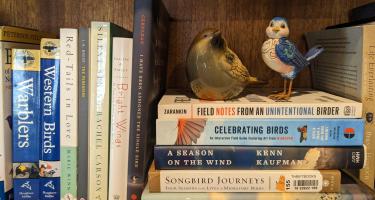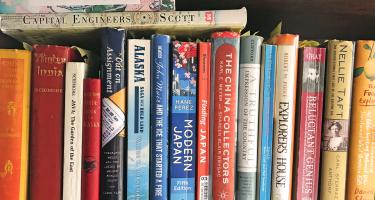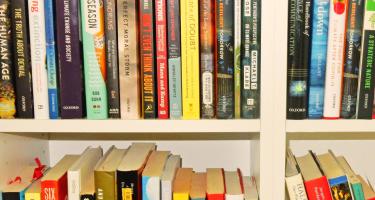
Richard Maurer—The Woman in the Moon: How Margaret Hamilton Helped Fly the First Astronauts to the Moon
In thousands of hours of manned spaceflight, all dependent on computers, the Apollo Guidance Computer never failed. In an era when men dominated computers and spaceflight, Margaret Hamilton and her team wrote AGC’s software. Richard Maurer interviewed Hamilton and tells her story for readers age 10-14 in The Woman in the Moon: How Margaret Hamilton Helped Fly the First Astronauts to the Moon.








